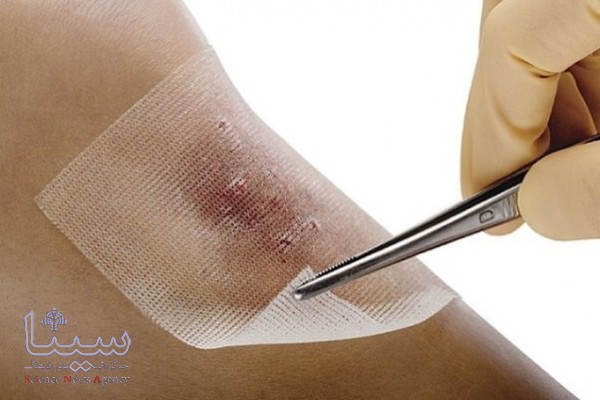Healing Chronic Wounds by Iranian Biological Production

Dr. Mohsen Fateh, Research Deputy of Tehran Jahād-e Dāneshgāhi University of Medical Sciences, told SINA Press: "Chronic ulcers are one of the main health problems that affect the quality and quantity of life of people and the frequency of these ulcers is increasing due to the high prevalence of diabetes or vascular diseases. On the other hand, the population of Iran is aging, therefore, one of the activities that we at Yara Research Institute are focusing on is chronic wounds treatment and the production of modern and biological wounds dressings."
He added: "In this organization, we have performed clinical activities, specialized groups and nurse training, and the production of common products in order to treat chronic wounds and to accelerate the healing process. Now we have designed and produced a number of wounds dressings with the cooperation of other branches of Jahād-e Dāneshgāhi University such as Mashhad, Yazd, and Ibn-e Sina." 
"Some of these biological dressings are made of the amniotic membrane (the innermost layer adjacent to the amniotic fluid and the fetus)," he said. Some other wound dressings are made of alginate, cellulose, or foam which can be used for wound healing.
In response to a question asked by SINA Press reporter, as if you could meet part of the community's needs in which some special and rare diseases such as butterfly patients, have difficulty in providing wounds dressings? "Foam wounds dressings are among those that can be used by butterfly patients by making a series of changes and some further development," he said.
He stated about the properties of these foam wound dressings as these dressings are flexible and have the ability to expand with an open cell structure and cell size of several hundred microns and absorb and retain exudate for at least ten times their weight.
Further, he pointed out the difference between these dressings and simple ones and added: "Effective wound treatment requires choosing the appropriate dressing. Traditional dressings such as cotton gauze bandages do not have many of the stuff of an ideal dressing. They leave particles and remnants of their fiber in the wound. These dressings adhere to the wound bed and dry and dehydrate it, requiring frequent replacement and skillful nursing care."
He continued: These dressings should not be placed directly on the wet surface of the wound and their use is limited to conditions where the wound is dry and clean or used only as a secondary dressing, whether foam dressing in addition to unique properties has the most application and efficiency in skin wounds, which can meet the needs of many patients with various types of wounds.
"About $ 25 million a year is spent on importing wounds dressings," Fateh said. Wound dressings are mainly imported from European countries and the United States, and now Iranian researchers are able to produce and manufacture many of them.
In the end, he told SINA Press: "Naturally, the domestic production of these wounds dressings, while saving financial resources, reduces treatment costs and is no longer subjected to exchange rate fluctuations. These dressings are competitive with similar foreign models and cost a quarter to a third less than imported models."
Interview by: Farzaneh Sedghi
Translated by: Mehdi Fallahi Panah

